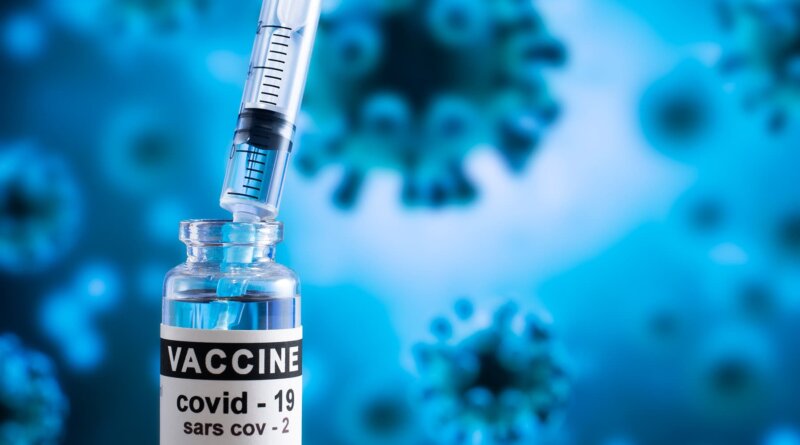Rise of ‘Alarming’ Subvariants of COVID Predicted for Winter
Dec. 16, 2022 – It’s a story perhaps more appropriate for Halloween than the festive holiday season, given its troubling implications. Four Omicron subvariants of the virus that causes COVID-19 will be the most common strains going from person to person this winter, new evidence predicts.
Not too dire so far, until you consider what else the researchers found.
The BQ.1, BQ1.1, XBB, and XBB.1 subvariants are the most resistant to neutralizing antibodies, researcher Qian Wang, PhD, and colleagues report. This means you have no or “markedly reduced” protection against infection from these four strains, even if you’ve already had COVID-19 or are vaccinated and boosted multiple times, including with a bivalent vaccine.
On top of that, all available monoclonal antibody treatments are mostly or completely ineffective against these subvariants.
What does that mean for our immediate future? The findings are definitely “worrisome,” Eric Topol, MD, founder and director of the Scripps Translational Research Institute in La Jolla, CA, and editor-in-chief of Medscape, WebMD’s sister site for health care professionals.
But evidence from other countries, specifically Singapore and France, show at least two of these variants turned out not to be as damaging as expected, likely because of high-numbers of people vaccinated, or who survived pervious infections, Topol says.
Still, there is little to celebrate in the new findings, except COVID-19 vaccinations and prior infections can still reduce the risk of serious outcomes such as hospitalization and death, the researchers say. In fact, CDC data released Friday shows people who have received four shots of the original COVID-19 vaccines as well as the bivalent booster were 57% less likely to visit an urgent care clinic or emergency room, regardless of age.
The “Alarming antibody evasion properties of rising SARS-CoV-2 BQ and XBB subvariants” study was published online this week in the journal Cell.
It comes at a time when BQ.1 and BQ.1.1 account for about 70% of the circulating variants, CDC data shows. In addition, hospitalizations are up 18% over the past 2 weeks and COVID-19 deaths are up 50% nationwide, The New York Times reports.
Globally, in many places, an “immunity wall” that has been built, Topol says. That may not be the case in the United States.
“The problem in the U.S., making it harder to predict, is that we have a very low rate of recent boosters, in the past 6 months, especially in seniors,” Topol says. For example, only 36% of Americans 65 and older, the group with highest risk, have received an updated bivalent booster.
An Evolving Virus
The subvariants are successfully replacing BA.5, which reigned as one of the most common Omicron variants over the past year. The latest CDC data show BA.5 now accounts for only about 10% of circulating virus. The researchers write, “This rapid replacement of virus strains is “raising the specter of yet another wave of infections in the coming months.”
The story sounds familiar to the researchers. “The rapid rise of these subvariants and their extensive array of spike mutations are reminiscent of the appearance of the first Omicron variant last year, thus raising concerns that they may further compromise the efficacy of current COVID-19 vaccines and monoclonal antibody therapeutics,” they write. “We now report findings that indicate that such concerns are, sadly, justified, especially so for the XBB and XBB.1 subvariants.”
The BQ.1 subvariant was six times more resistant to antibodies than BA.5, its parent strain, and XBB.1 was 63 times more resistant compared to its predecessor, BA.2.
This shift in the ability of vaccines to stop the subvariants “is particularly concerning,” the researchers write.
Wiping Out Treatments, Too
Wang and colleagues also tested how well a panel of 23 monoclonal antibody drugs might work against the four subvariants. The therapies all worked well against the original Omicron variant and included some approved for use through the FDA Emergency Use Authorization (EUA) program at the time of the study.
They found 19 of these 23 monoclonal antibodies lost effectiveness “greatly or completely” against XBB and XBB.1, for example.
This is not the first time that monoclonal antibody therapies have gone from effective to ineffective. Previous variants have come out that no longer responded to treatment with bamlanivimab, casirivimab, cilgavimab, etesevimab, imdevimab, sotrovimab, and tixagevimab. Bebtelovimab now joins this list and is no longer available from Lilly under EUA due to this lack of effectiveness.
The lack of an effective monoclonal antibody treatment “poses a serious problem for millions of immunocompromised individuals who do not respond robustly to COVID-19 vaccines,” the researchers write, adding “the urgent need to develop active monoclonal antibodies for clinical use is obvious.”
Going forward, the challenge remains to develop vaccines and treatments that offer broad protection as the coronavirus continues to evolve.
In a scary ending to a scary story, the researchers write: “We have collectively chased after SARS-CoV-2 variants for over 2 years, and yet, the virus continues to evolve and evade.”



